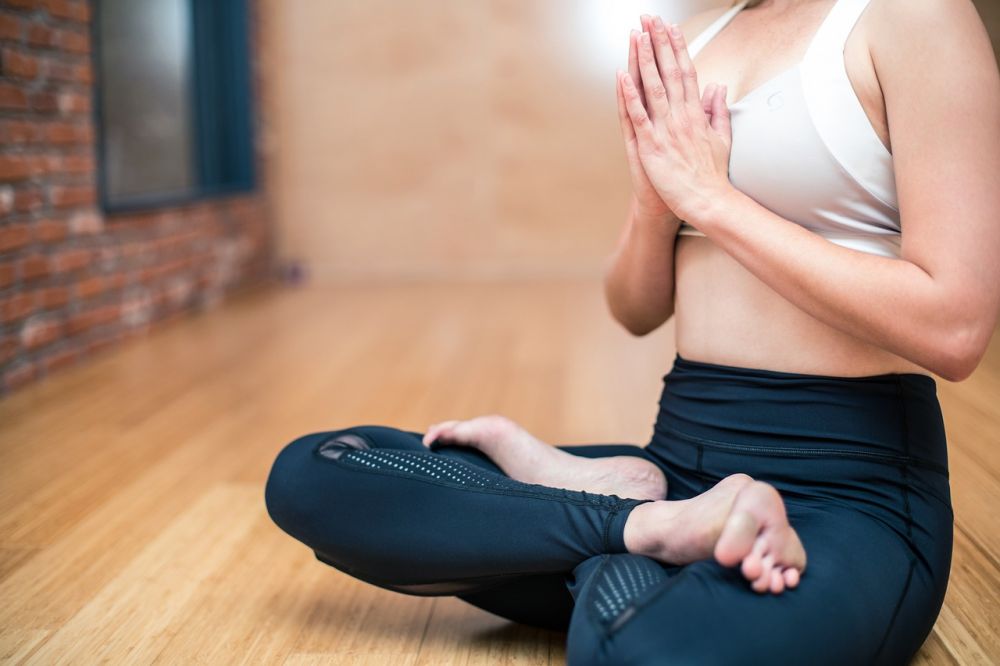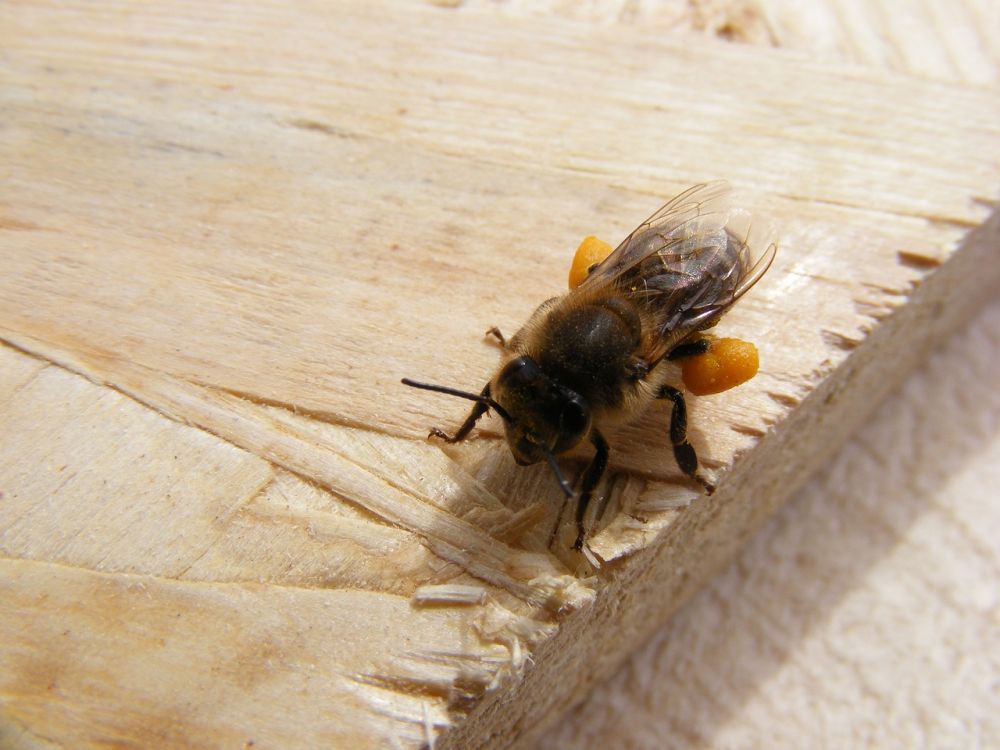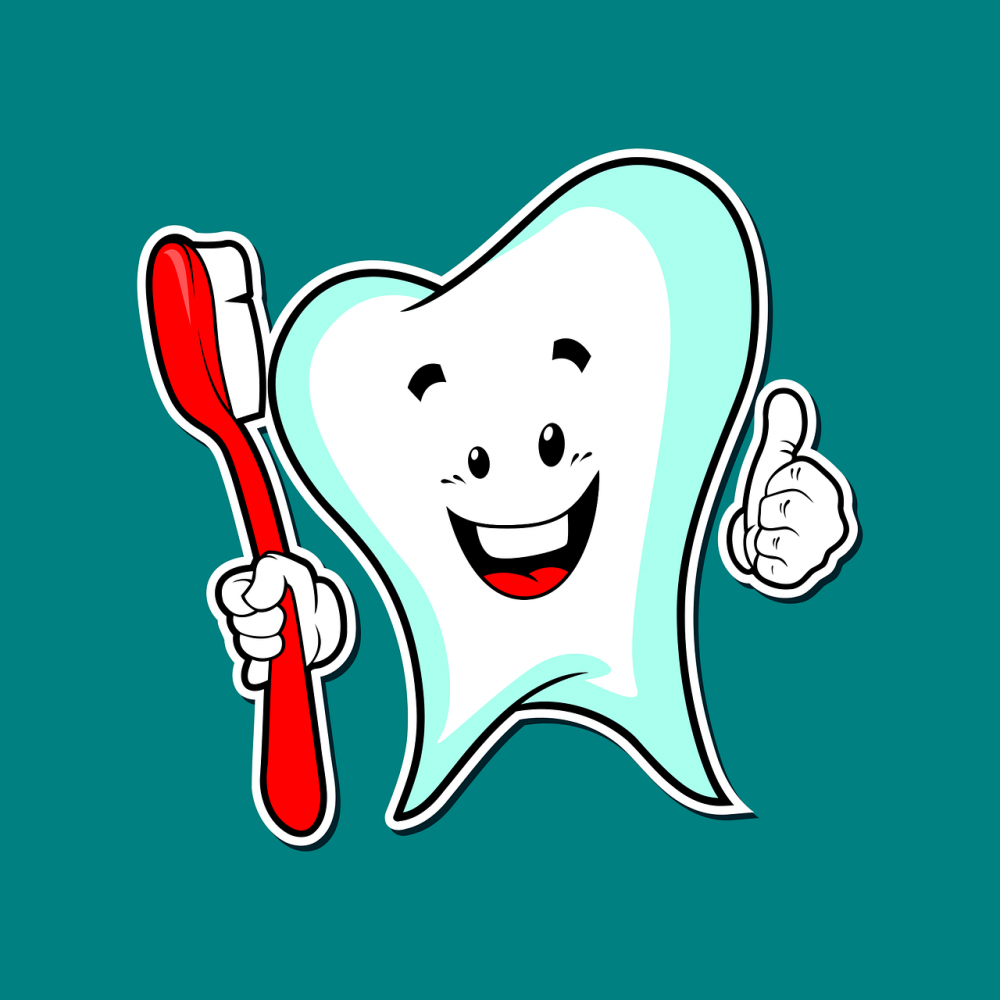Vacant Helse Exploring the Depths of Holistic Wellbeing

Vacant Helse – Understanding the Essence of Holistic Wellbeing
Introduction:

In today’s fast-paced world, achieving optimal health and wellbeing has become a paramount concern for individuals across the globe. One emerging concept that has garnered significant attention is «vacant helse.» This comprehensive article aims to provide an in-depth analysis of vacant helse, exploring its various types, popular practices, quantitative measurements, differences between them, and a historical overview of their advantages and disadvantages. By delving into these aspects, we hope to equip health-conscious consumers with the knowledge needed to make informed decisions about their holistic wellbeing.
Unveiling Vacant Helse Defining the Various Types
Vacant helse refers to the practices and philosophies that focus on nurturing one’s overall wellbeing by addressing the mind, body, and spirit. This holistic approach differentiates it from more traditional, mainstream healthcare systems. Vacant helse encompasses several types, each with its own unique principles and techniques.
1. Mind-Body Connection:
This aspect of vacant helse underscores the profound connection between mental and physical health. It emphasizes practices like meditation, yoga, and mindfulness to enhance self-awareness, reduce stress, and promote overall wellness.
2. Nutritional Wellbeing:
Vacant helse recognizes the impact of food on our health, emphasizing the importance of a balanced and nutritious diet. It encourages the consumption of whole foods, organic produce, and minimizing processed ingredients and additives.
3. Alternative Therapies:
This branch of vacant helse includes a wide array of practices, such as acupuncture, chiropractic care, herbal medicine, and energy healing. These alternative therapies aim to facilitate the body’s natural healing abilities and restore balance.
Quantitative Measurements in Vacant Helse
Measuring the effectiveness of vacant helse practices is crucial for assessing their impact on overall wellbeing. Some key quantitative measurements used in vacant helse include:
1. Quality of Life Surveys:
These surveys involve assessing an individual’s subjective wellbeing through questionnaires that cover various aspects, including physical health, mental health, social relationships, and overall satisfaction with life.
2. Biomarkers:
Measuring specific biological indicators, such as blood pressure, cholesterol levels, and cortisol (a stress hormone), can provide valuable insights into the impact of vacant helse on physical health.
3. Health-Related Quality of Life Measures:
These measures assess an individual’s perception of their health status, daily functioning, and wellbeing. They include dimensions such as physical, mental, emotional, and social wellbeing.
Exploring the Differences between Different Vacant Helse Practices
While all vacant helse practices share a common principle of holistic wellbeing, they differ in their approaches and techniques. Understanding these differences is essential for individuals seeking to incorporate vacant helse into their lives effectively:
1. Mind-Body Connection vs. Nutritional Wellbeing:
While both emphasize the importance of overall wellbeing, mind-body practices focus on nurturing the mental and emotional aspects, whereas nutritional wellbeing places an emphasis on the physical aspects through a balanced diet.
2. Alternative Therapies vs. Mainstream Medicine:
Alternative therapies in vacant helse often complement mainstream medicine, providing a more holistic approach. While mainstream medicine focuses more on symptom management, vacant helse aims to address the root causes of health issues.
A Historical Perspective on the Advantages and Disadvantages of Vacant Helse
Vacant helse practices have a rich historical lineage, each with its advantages and disadvantages:
1. Advantages:
a. Holistic Approac Vacant helse practices acknowledge that health is not solely limited to physical symptoms.
b. Empowerment: Individuals are empowered to take control of their own wellbeing through self-care practices and lifestyle choices.
c. Preventive Focus: Vacant helse emphasizes preventing health issues rather than merely treating them after they arise.
2. Disadvantages:
a. Lack of Scientific Evidence: Some vacant helse practices still lack strong scientific evidence supporting their effectiveness.
b. Limited Regulation: Due to the expansive nature of vacant helse practices, regulation and standardization can be challenging to achieve.
Conclusion:
Vacant helse represents a holistic approach to wellbeing that encompasses various practices rooted in nurturing the mind, body, and spirit. By understanding the different types of vacant helse, the quantitative measurements used to assess their impact, and the historical advantages and disadvantages associated with them, individuals can make informed choices about their overall wellbeing. Embracing vacant helse may empower individuals to embark on a transformative journey towards optimal health and balance.





